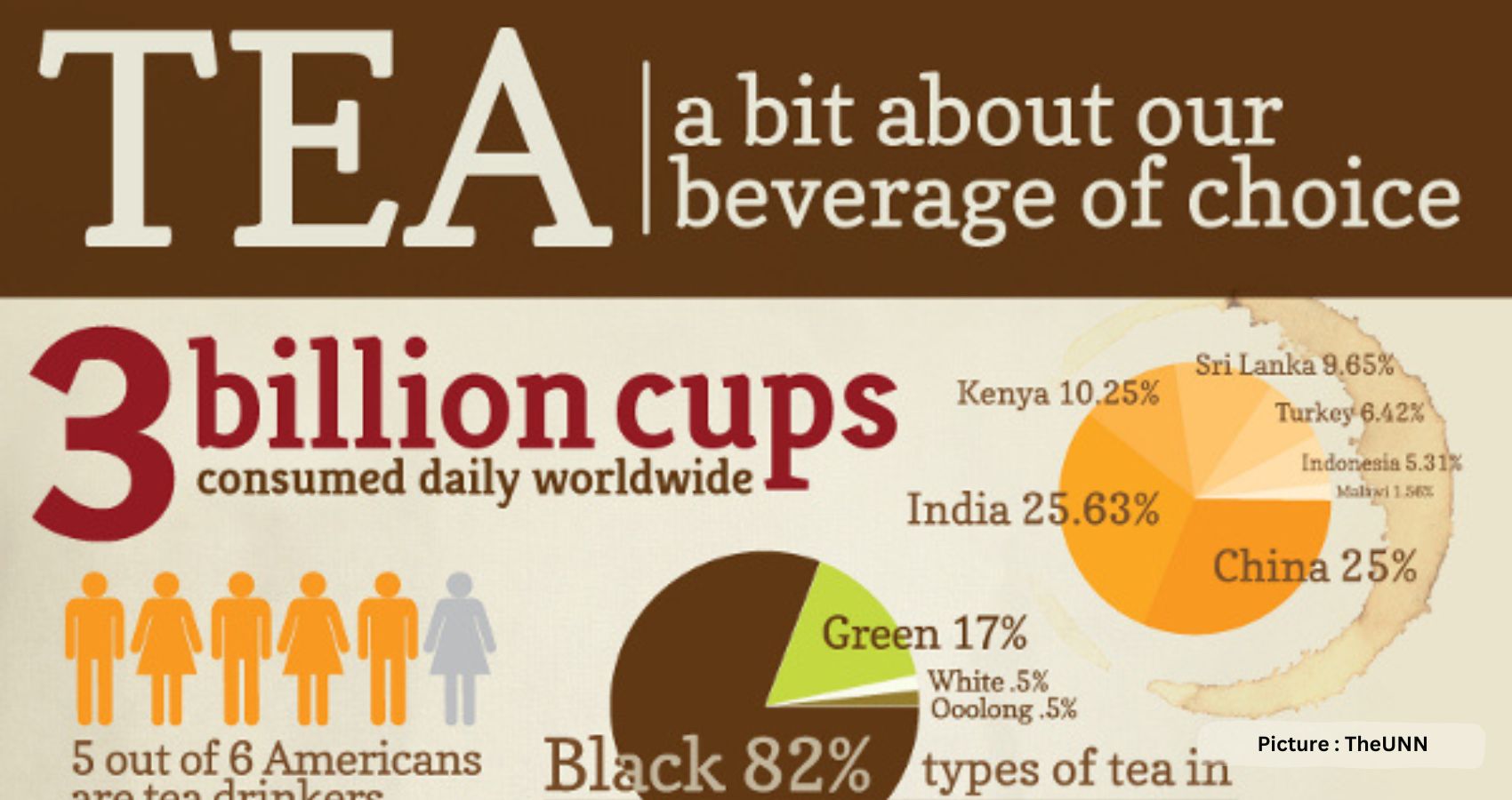The factors that drive the tea market growth include health benefits associated with consuming tea and rise in fitness concerns among people in different regions. The additional facts that support the growth of the market include increase in café culture, rise in disposable income, change in tastes of people, and innovation of tea via introducing additional healthy ingredients. However, increase in cost of raw materials due to unpredictable weather, high cost of production, and increase in trend of coffee consumption are expected to hamper the growth of market during the forecast period. Rise in tea demand from health-conscious young population and frequent introduction of new flavors & variety are expected to provide numerous opportunities for expansion of the Tea market.
The global tea market was valued at $55,144 million in 2019, and is projected to reach $68,950 million by 2027, registering a CAGR of 6.6% from 2020 to 2027.
The trend for specialty or organic tea such as green tea and herbal/fruit tea is witnessing an upsurge, whereas ordinary black tea market is stabilizing. Customers are more aware towards the health effects of their food, thus shifting towards organic products.
The green tea segment was the highest contributor to the market, with $16,362 million in 2019, and is estimated to reach $26,110 million by 2027, at a CAGR of 9.8% during the forecast period. China is one of the prominent regions in the market that accounted for a sizeable share of the total market in 2019.
Tea is one of the most popular beverages, usually made via brewing or boiling of dried Camellia Sinensis plant leaves. The two prominent types of tea include black tea, widely consumed in western nations, and green tea, common in Asian countries. Tea care & husbandry management comprises proper site selection and several carefully maintained steps, which include permanent source of water, proper shelter, free draining soil with pH ranging from 5 to 5.8, and stringent regulations towards the amount of pesticides applied on plantations. Presently, the commercial consumption of tea is increasing, thus bridging the gap between out-of-home tea and coffee consumption. China and India are the major tea producing countries consisting of key players in the global market.
Buy This Report (300 Pages PDF with Insights, Charts, Tables, and Figures) @ https://www.alliedmarketresearch.com/checkout-final/f0bf239ecf8e7cb65642719f9c312ebd
The report segments the global tea market on the basis of type, packaging, distribution channel application and region. Based on the type, the market is divided into green tea, black tea, oolong tea, fruit/herbal tea, and others. On the basis of packaging, it is fragmented into plastic containers, loose tea (packets & pouches), paperboards, aluminum tins, and tea bags. By distribution channel, it is categorized into supermarkets/hypermarkets, specialty stores, convenience stores, online stores, and others. Applications covered in the study include residential and commercial. Geographically, the market is analyzed across North America, Europe, Asia-Pacific, and LAMEA.
The key players profiled in the tea industry include Associated British Foods Plc., Barry’s Tea Limited, Hain Celestial Group, Inc, ITO EN, Ltd., Mcleod Russel India Limited, Nestle S.A., TaeTea, Tata Global Beverages, The Republic of Tea, Inc., And Unilever Group.
Allied Market Research (AMR) is a full-service market research and business-consulting wing of Allied Analytics LLP based in Portland, Oregon. Allied Market Research provides global enterprises as well as medium and small businesses with unmatched quality of “Market Research Reports” and “Business Intelligence Solutions.” AMR has a targeted view to provide business insights and consulting to assist its clients to make strategic business decisions and achieve sustainable growth in their respective market domain.
Pawan Kumar, the CEO of Allied Market Research, is leading the organization toward providing high-quality data and insights. We are in professional corporate relations with various companies and this helps us in digging out market data that helps us generate accurate research data tables and confirms utmost accuracy in our market forecasting. Each and every data presented in the reports published by us is extracted through primary interviews with top officials from leading companies of domain concerned. Our secondary data procurement methodology includes deep online and offline research and discussion with knowledgeable professionals and analysts in the industry.



